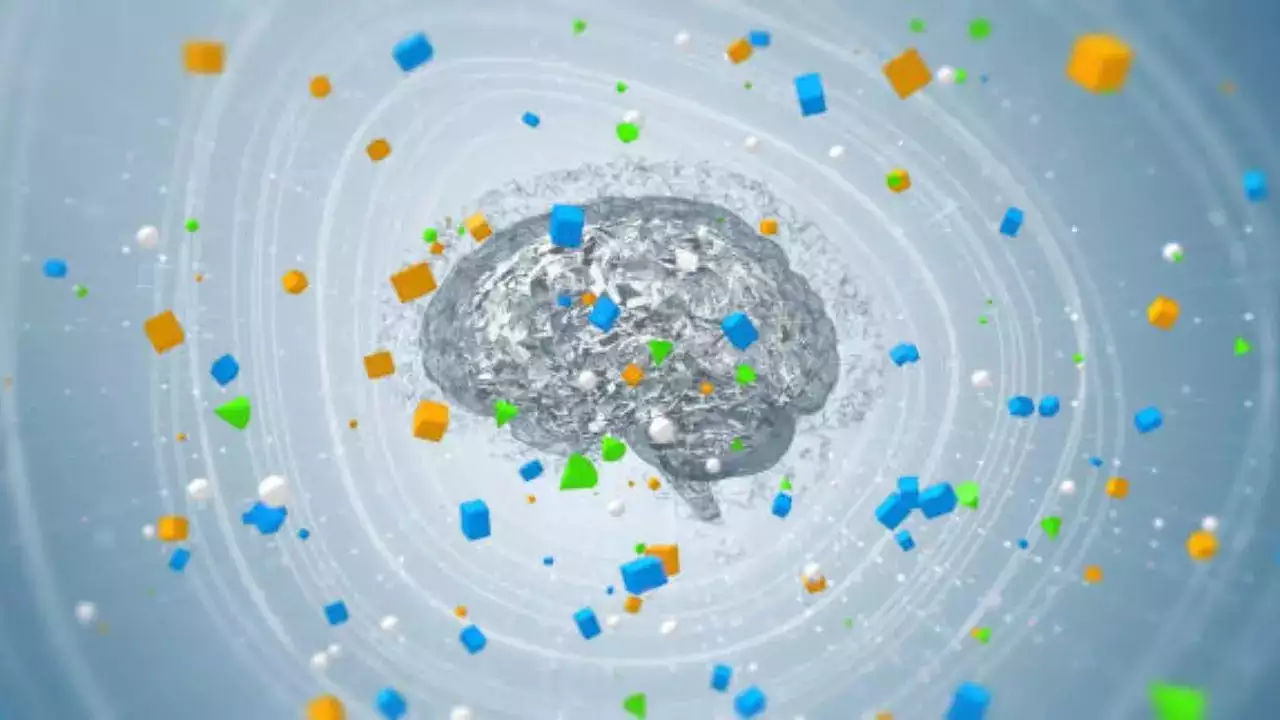Ashima Sharda Mahindra • 05 Feb 2025
Shocking Study Says Your Brain May Have a Spoon Full of Plastics; What Does It Do To Your Health

Microplastics in the human brain appear to be increasing over time
A human brain may contain up to a spoonful of tiny plastic shards, around 7 grams—according to a shocking study published in the journal Nature Medicine. Researchers said these were “almost unbelievable” levels of microplastics and nanoplastics in the brains of human cadavers. “I didn’t believe it until I saw all the data,” said study co-author Andrew West, a neuroscientist at Duke University.
Scientists said based on the analysis, the amount of microplastics in the human brain appears to be increasing over time, as concentrations rose by roughly 50 per cent between 2016 and 2024.
Microplastics in the brain are the highest as compared to other organs
The researchers said the levels of microplastics in brain tissue were much higher as compared to liver and kidney. Also, the concentrations were soaring in the brains of deceased patients who had been diagnosed with cognitive conditions like dementia as compared to the brains of those who died without dementia.
Importantly, the study finds only a correlation between high levels of microplastics in the brain and dementia—it does not establish a causal relationship. It could be, for instance, that changes resulting from dementia make it easier for microplastics to accumulate in the brain. However, the researchers say their findings are troubling nonetheless.
What are microplastics?
Experts say microplastics and nanoplastics are minuscule plastic fragments that are formed due to the breakdown of daily objects like packaging, containers, clothing, tires, and more. Since these small particles have spread all over the world, they have also made their way into the human body, showing up in blood, baby poop, lungs and placentas.
Last year, scientists discovered these pollutants in a brain tissue known as the olfactory bulb, but they were not sure whether microplastics could migrate deeper into the brain. Findings from the present study indicated that microplastic levels in the brain have grown by roughly 50 per cent over the last eight years, mostly due to environmental exposure.
What do microplastics do to our health?
According to experts, there are various health hazards of microplastics within the human body that are not yet well-known. Many studies suggest they could increase the risk of various conditions like oxidative stress, which causes cell damage and inflammation, as well as severe cardiovascular diseases.
Animal studies have also linked microplastics to fertility issues, various kinds of cancers, a disrupted endocrine and immune system, and impaired learning and memory issues.
In the United States, currently, there are no governmental standards for plastic particles in food or water. According to the Environmental Protection Agency, they have been working on preparing guidelines for measuring them and have been giving out grants since 2018 to develop new ways to quickly detect and quantify them.
Experts also say you must try to reduce your exposure by avoiding the use of plastic in preparing food, especially when microwaving; drinking tap water instead of bottled water; and trying to prevent the accumulation of dust, which is contaminated with plastics.
Some researchers advise eating less meat, especially processed products.
Get Latest News Live on Times Now along with Breaking News and Top Headlines from Health and around the world.